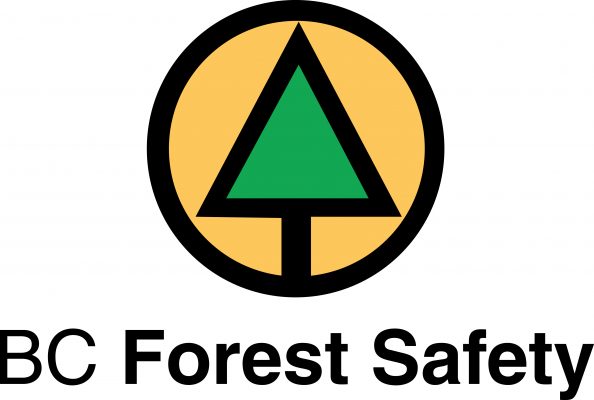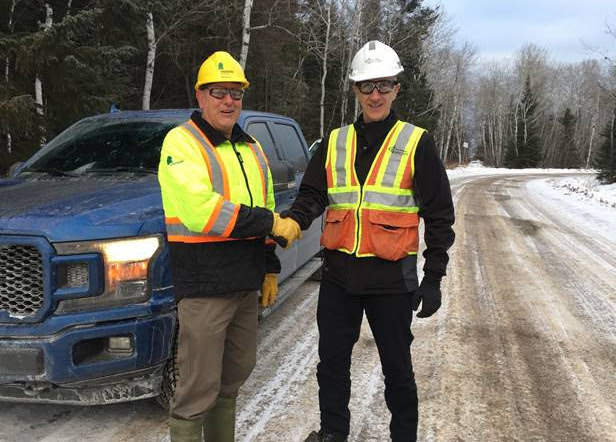 BC’s ongoing forestry strike has got to end, says BC premier Horgan. In related news: loonies for loggers; contractor rally scepticism; and the Green’s perspective. Elsewhere: Nova Scotia awaits pulp mill decision; ENGO’s pan Ontario’s toxic wastewater regulations; Oregon counties feel vindicated by lawsuit; and New Brunswick premier heads to Ottawa to talk softwood lumber.
BC’s ongoing forestry strike has got to end, says BC premier Horgan. In related news: loonies for loggers; contractor rally scepticism; and the Green’s perspective. Elsewhere: Nova Scotia awaits pulp mill decision; ENGO’s pan Ontario’s toxic wastewater regulations; Oregon counties feel vindicated by lawsuit; and New Brunswick premier heads to Ottawa to talk softwood lumber.
In the debate over forestry’s role in climate change: how wood buildings can help; clearcutting is part of the problem; burning wood isn’t the solution; and planting trees is the way forward for Scotland. Meanwhile, grizzly bears are on the move as Canada’s northernmost communities warm.
Finally, BC’s new UNDRIP Act raises more questions than answers.
Kelly McCloskey, Tree Frog Editor



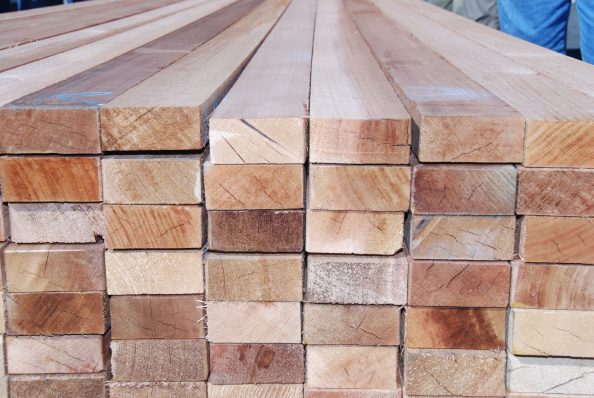 Canada’s softwood-lumber exports have been subject to five separate rounds of U.S. trade litigation. In January, 2016… the American government said it was launching investigations to determine whether softwood lumber imports from Canada were hurting American producers. …NDP leader John Horgan held that he had prospects of getting a new deal despite the harsh protectionist mood of U.S. President Donald Trump. He suggested that B.C. could retaliate by applying a “border adjustment tax” on its natural gas exports, or by playing hard-ball in the Columbia River Treaty renewal. …Imposing a “border adjustment tax” that would increase the rate charged for exported electricity from British Columbia into the U.S. …should persuade the Americans to appoint their two members, and that would bring the WTO back into operation. Given BC Hydro’s massive debts, exports of electricity into the United States from British Columbia should be set at whatever aggregate rate it costs to produce it.
Canada’s softwood-lumber exports have been subject to five separate rounds of U.S. trade litigation. In January, 2016… the American government said it was launching investigations to determine whether softwood lumber imports from Canada were hurting American producers. …NDP leader John Horgan held that he had prospects of getting a new deal despite the harsh protectionist mood of U.S. President Donald Trump. He suggested that B.C. could retaliate by applying a “border adjustment tax” on its natural gas exports, or by playing hard-ball in the Columbia River Treaty renewal. …Imposing a “border adjustment tax” that would increase the rate charged for exported electricity from British Columbia into the U.S. …should persuade the Americans to appoint their two members, and that would bring the WTO back into operation. Given BC Hydro’s massive debts, exports of electricity into the United States from British Columbia should be set at whatever aggregate rate it costs to produce it. 
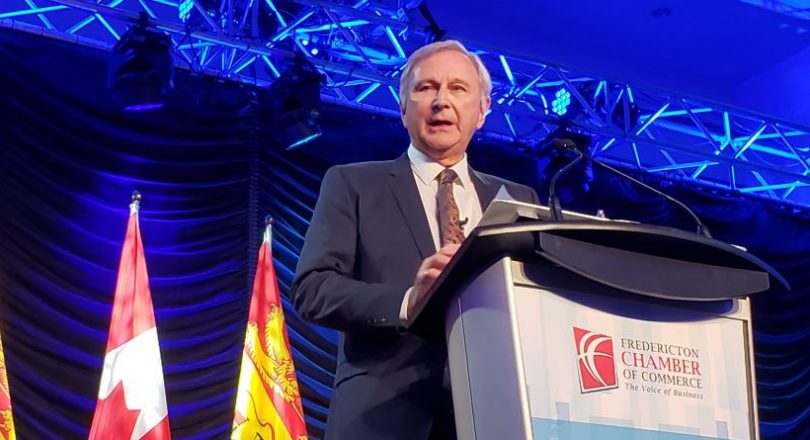


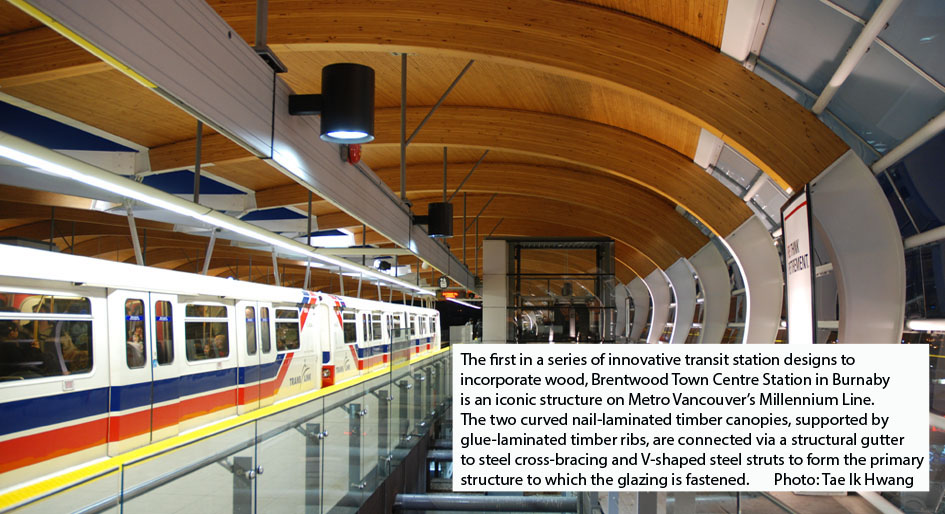
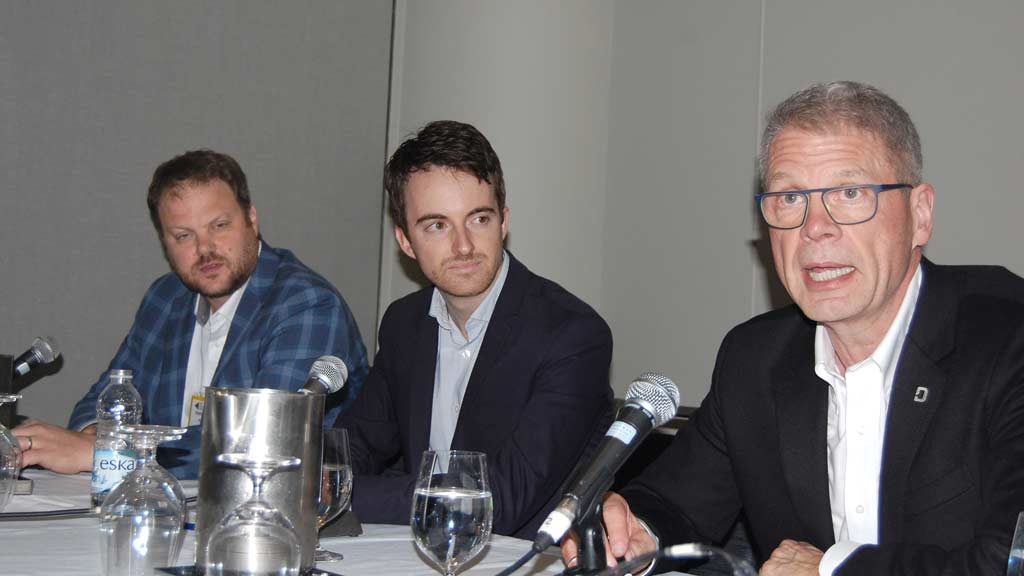


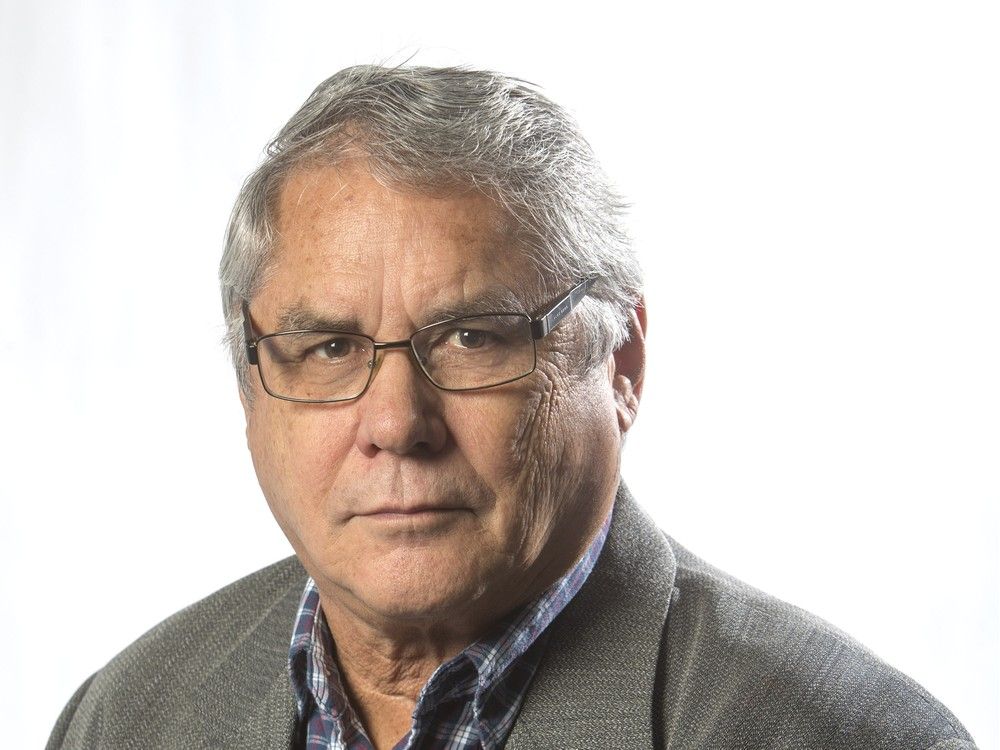



 During the 2018 provincial election, an Alliance of First Nation and non-First Nation (The Alliance) leaders from across Northern and Rural Ontario asked all three parties if they would stand up for Ontario’s renewable forest sector. In formal letters, the Alliance outlined key issues with the two priorities being the development of a Provincial Forest Sector Strategy that accepts and embraces the sustainable use of Ontario’s forests and a long-term, workable solution that permanently removes the duplication between the Crown Forest Sustainability Act (CFSA) and the Endangered Species Act (ESA). …The Alliance agreed that last week’s announcement of a provincial forest sector strategy was positive news noting that Ontario’s forestry community is deeply rooted in every region of the province.
During the 2018 provincial election, an Alliance of First Nation and non-First Nation (The Alliance) leaders from across Northern and Rural Ontario asked all three parties if they would stand up for Ontario’s renewable forest sector. In formal letters, the Alliance outlined key issues with the two priorities being the development of a Provincial Forest Sector Strategy that accepts and embraces the sustainable use of Ontario’s forests and a long-term, workable solution that permanently removes the duplication between the Crown Forest Sustainability Act (CFSA) and the Endangered Species Act (ESA). …The Alliance agreed that last week’s announcement of a provincial forest sector strategy was positive news noting that Ontario’s forestry community is deeply rooted in every region of the province./https://www.thestar.com/content/dam/thestar/opinion/contributors/2019/12/15/ontarios-forest-sector-strategy-deserves-praise-not-derision/forest.jpg)





